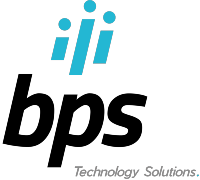Let’s Talk
We’re here to help you take the next step.
Leave your information and we’ll get in touch with you shortly.



We apply global standards to your operations so you achieve the greatest impact.
Consulting, support, automation, monitoring, and flexibility—everything you need at every stage of your business.
Boost your IT team’s productivity by up to 48% by eliminating bottlenecks.
Enhance your user experience and customer service by up to 25%
We’re here to help you take the next step.
Leave your information and we’ll get in touch with you shortly.